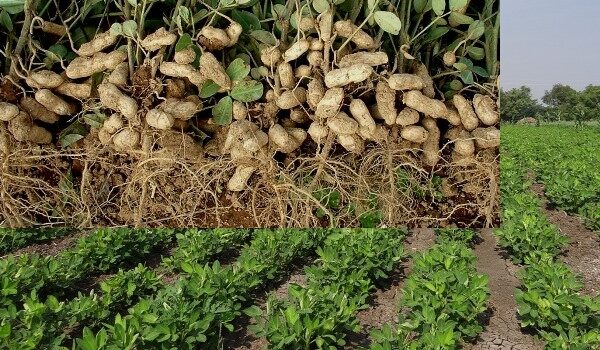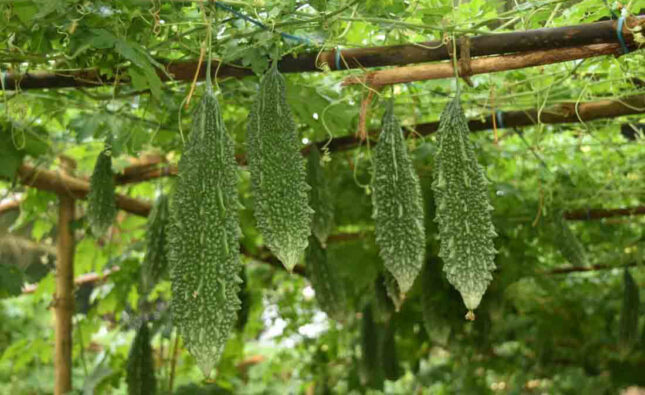Groundnut farming, also known as peanut farming, is the process of cultivating and harvesting groundnuts for various purposes, including human consumption and oil production. Marketing in groundnut farming involves the activities related to promoting, distributing, and selling groundnuts and their derived products. Here’s an overview of groundnut farming and its marketing process:
Groundnut Farming:
- Selecting the Right Variety:
Choose a groundnut variety suitable for your region, considering factors like climate, soil type, and market demand.
2. Land Preparation:
Prepare the land by removing weeds, tilling, and ensuring proper drainage for optimal groundnut growth.
3. Seed Selection and Sowing:
Select high-quality seeds from reputable sources. Sow the seeds at the right depth and spacing, typically in rows.
4. Irrigation and Nutrient Management:
Provide adequate water to the groundnut plants through regular irrigation. Monitor soil fertility and apply appropriate fertilizers to ensure healthy growth.
5. Pest and Disease Control:
Implement pest and disease management strategies, such as using organic or chemical pesticides, to protect the groundnut crop from common threats like aphids, leaf spots, or fungal infections.
6. Harvesting:
Harvest groundnuts when the leaves turn yellow and the pods mature. Lift the plants, shake off excess soil, and dry them in the sun or with appropriate equipment.
7. Post-Harvest Handling:
Remove any damaged or diseased pods, and store the groundnuts in well-ventilated containers to prevent spoilage. Proper drying and storage conditions are crucial to maintain quality.
Groundnut Marketing:
- Sorting and Grading:
Sort groundnuts based on size, quality, and appearance. Grade them according to industry standards to ensure uniformity and market competitiveness.
2. Packaging:
Package groundnuts in suitable containers, such as bags or jute sacks, that protect the produce from damage during transportation and storage. Label the packages with relevant information like the variety, grade, and producer details.
3. Market Research:
Conduct market research to identify potential buyers, their preferences, and current market trends. This knowledge will help you position your product effectively.
4. Pricing:
Set competitive prices for your groundnuts based on factors like quality, market demand, production costs, and competitor prices. Consider the costs incurred during cultivation, harvesting, processing, and packaging.
5. Distribution and Sales Channels:
Establish distribution networks to reach various market segments, including wholesalers, retailers, and consumers. Explore options such as selling directly to local markets, supplying to supermarkets, or engaging with processors and manufacturers.
6. Promotion and Advertising:
Develop marketing strategies to create awareness about your groundnut products. Utilize online platforms, local advertisements, product demonstrations, and participation in trade fairs or exhibitions to showcase your offerings.
7. Building Relationships:
Develop strong relationships with buyers, processors, and other stakeholders in the groundnut industry. Maintain open communication, fulfill orders promptly, and ensure consistent product quality to foster long-term partnerships.
8. Value Addition:
Consider adding value to your groundnut products by processing them into various forms like roasted nuts, groundnut butter, or oil. This can increase their market appeal and profitability. Remember to comply with any legal and regulatory requirements related to farming practices, quality standards, packaging, labeling, and food safety. It’s essential to adapt your marketing strategies based on your target market, local conditions, and available resources. Continuous learning, networking, and staying updated on market trends will contribute to the success of your groundnut farming and marketing endeavors.






